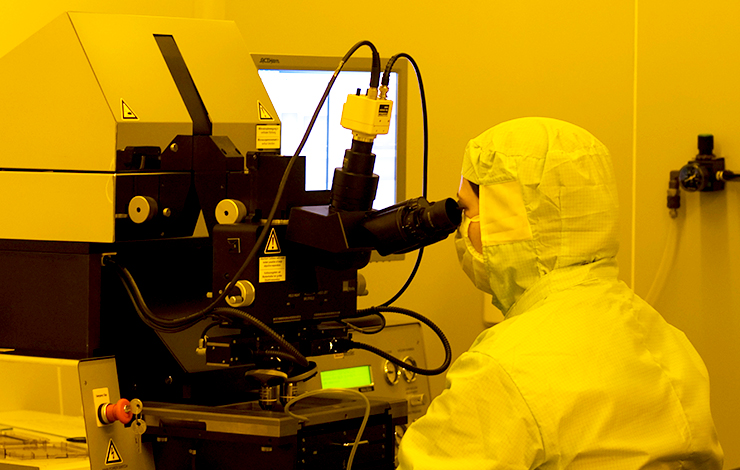


Imidazole: Prospect Solvent for Lignocellulosic Biomass Fractionation and Delignification
| Title | Imidazole: Prospect Solvent for Lignocellulosic Biomass Fractionation and Delignification |
| Publication Type | Journal Article |
| Year of Publication | 2016 |
| Authors | b Morais ARC a, Pinto JV c, Nunes D c, Roseiro LB a, Oliveira MC d, Fortunato E c, Bogel-Łukasik R a |
| Journal | ACS Sustainable Chemistry and Engineering |
| Volume | 4 |
| Pagination | 1643-1652 |
| ISSN | 21680485 |
| Keywords | Biomass, Biorefineries, Capillary electrophoresis, Cellulose, Cost effectiveness, Crystallinities, Delignification, Enzymatic hydrolysis, Fractionation, Green solvents, Hemicelluloses, Hydrolysis, Imidazole, Lignin, Lignocellulose, Molecular biology, Nuclear magnetic resonance spectroscopy, Pre-Treatment, Pretreatment, Recovery, Refiners, Solvents, Straw |
| Abstract | The future widespread production of biomass-derived fuels, chemicals, and materials requires cost-effective processing of sustainable feedstock. The use of imidazole as a solvent for biomass creates a novel approach that helps to accomplish this idea in a green fashion. This work proposes imidazole as a novel solvent for wheat straw pretreatment, which allowed the production of cellulose- and hemicellulose-rich fractions and added-value products from depolymerization of lignin. Various temperatures (110, 140, and 170 °C) and processing times (1, 2, and 4 h) of pretreatment were investigated. Both cellulose and hemicellulose recovery were highly dependent on reaction temperature. The best result for the recovery of cellulose-rich material was obtained at 170 °C for 2 h, achieving 62.4% w·w-1, whereas native wheat straw is composed by only 38.8% w·w-1 cellulose. For the same conditions, optimal results were also obtained regarding the enzymatic hydrolysis yield (99.3% w·w-1 glucan to glucose yield) in cellulose-rich material. This result was possible to be obtained due to morphological and structural changes in cellulose-rich materials accompanied by extensive delignification (up to 92%). The presence of added-value phenolic compounds in recovered imidazole was analyzed by capillary electrophoresis and HPLC-MS. Vanillin and other lignin-based products were identified. Finally, the high purity of recovered imidazole was demonstrated by 1H and 13C NMR. © 2015 American Chemical Society. |
| URL | https://www.scopus.com/inward/record.uri?eid=2-s2.0-84960155445&doi=10.1021%2facssuschemeng.5b01600&partnerID=40&md5=9e7c11cfa0ddb89e11140b438c1ceb51 |
| DOI | 10.1021/acssuschemeng.5b01600 |








